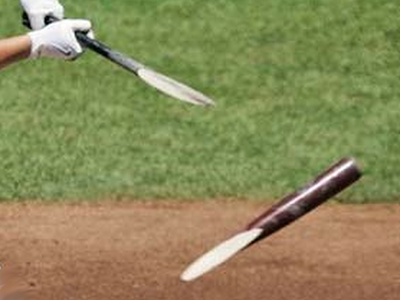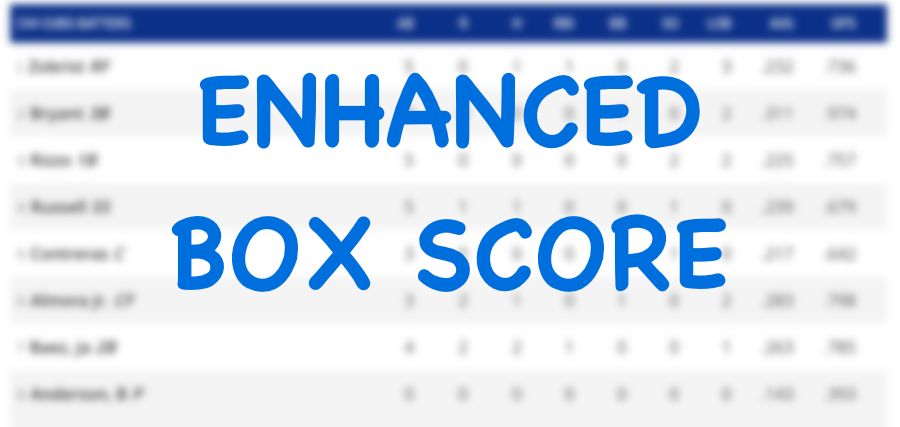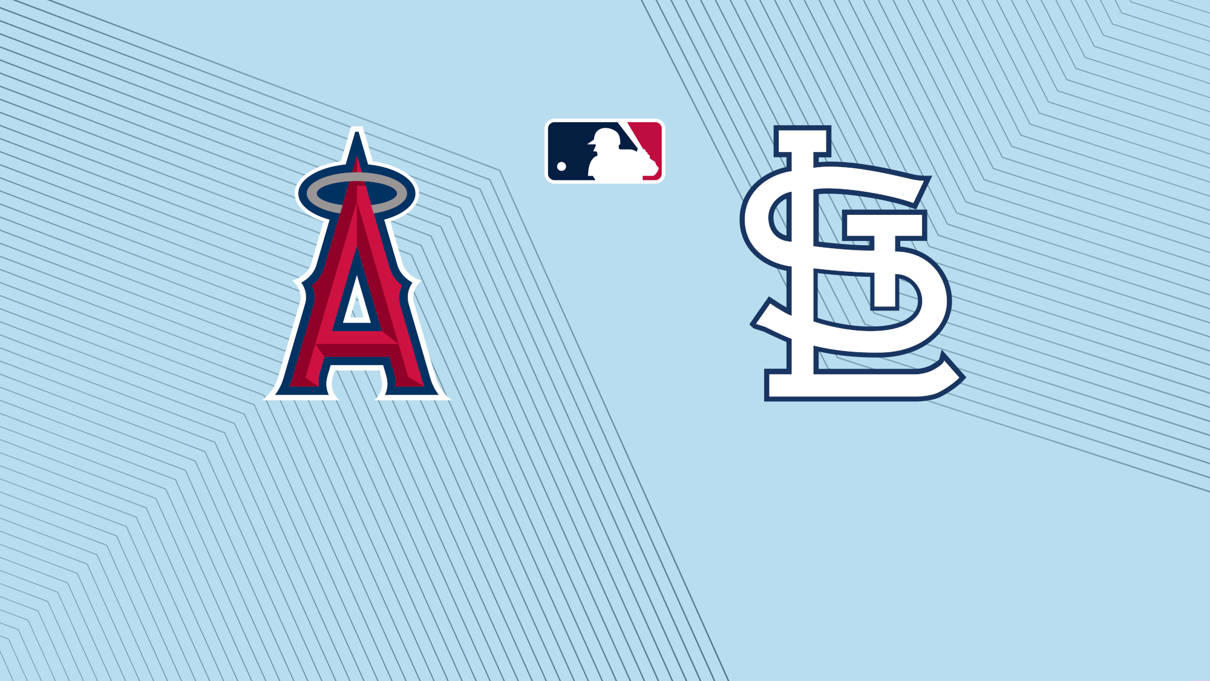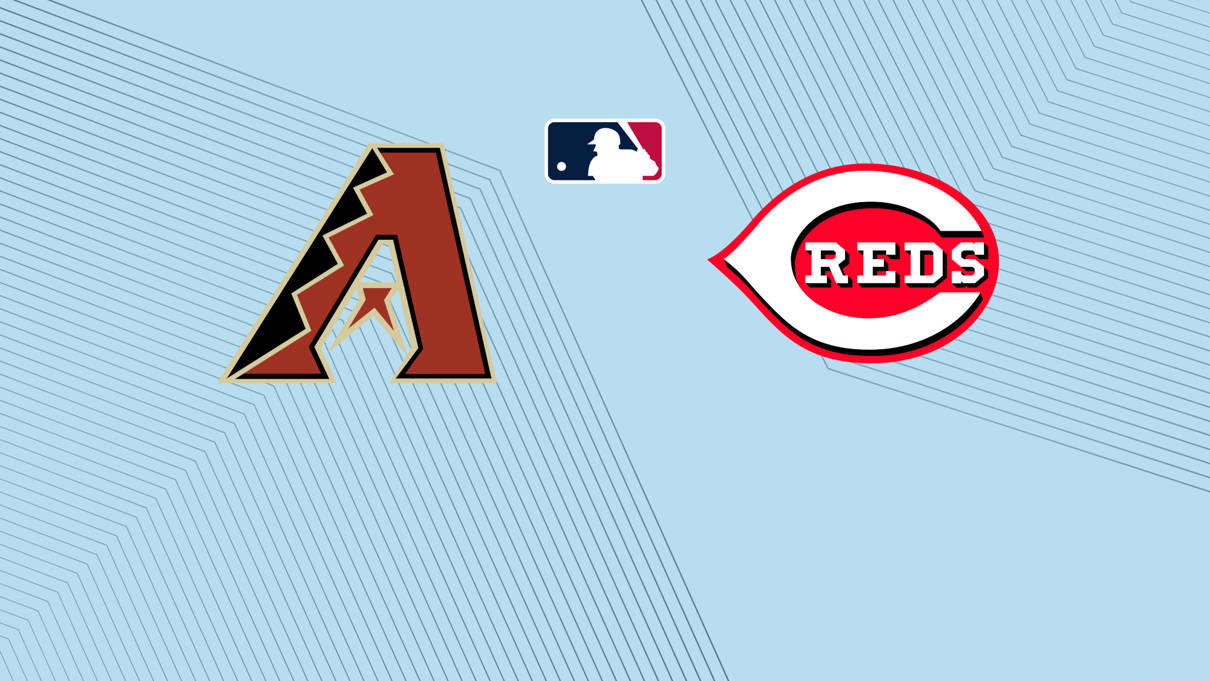
There’s no arguing that the Cubs have not been brutally bad with runners in scoring position ever since the Cardinals swept them at Wrigley Field, kicking off the ugly stretch of games that may or may not persist to this very day (if the Cubs win today, I’m thinking people say it’s in the past … but if the Cubs lose … I’m thinking people take their gloves off again).
For the most part, and certainly within a relatively short stretch like that, I’m ready to throw it away as statistical noise – really, really frustrating and damaging statistical noise. There is too much natural variation in the outcome of an at bat (even an at bat well executed) to allow 100 plate appearances, spread over 10+ different players, to tell you much of anything about the existence of a true problem.
But what about more than half a season’s worth of plate appearances, spread across an entire team?
Let’s be clear: although “clutch” is not a real thing in the way movies may have told you (there is no evidence that some players consistently perform better in high-leverage spots than they do in all other spots), there absolutely is something to whether players can consistently be their normal selves in those big-moment spots. In other words, over a large enough sample, we can get a sense of whether a player or a team might be letting the moment get to them, and they are not allowing themselves to perform at the level of which they’re otherwise capable.[adinserter block=”1″]
I won’t say for sure that the numbers we have so far this year are a large enough sample to smooth out the noise entirely, but they are the numbers we have. The Cubs have had 3661 plate appearances so far this season, and 1034 of them have come with runners in scoring position.
Let’s take a look at how those situations have gone for the Cubs (splits via FanGraphs):
| 2016 | AVG | OBP | SLG | wRC+ | BB% | K% | BABIP |
|---|---|---|---|---|---|---|---|
| Cubs Overall | .261 | .356 | .448 | 115 | 11.1 | 20.6 | .304 |
| Cubs w/RISP | .244 | .351 | .414 | 99 | 13.2 | 21.9 | .287 |
| MLB Overall | .256 | .322 | .417 | 96* | 8.2 | 21.0 | .300 |
| MLB w/RISP | .257 | .338 | .409 | 95 | 10.6 | 20.6 | .300 |
As you can plainly see, the Cubs have performed dramatically worse with runners in scoring position this year than they have overall. Moreover, that’s not a league-wide trend – across the board, teams tend to perform about the same with runners in scoring position as they do overall.
So, clearly there’s a problem, right?
Well, not necessarily. And I don’t just mean that the Cubs’ performance with RISP is still better than league average (although, hey, that’s kinda funny when you think about it …). I mean: are the Cubs actually performing worse with RISP, or are they simply getting worse results?
The Cubs’ strikeout rate does increase slightly in RISP situations, which is not good, but the jump is also not enormous (it is less than one standard deviation from the mean). The Cubs’ ISO does drop a bit (from .187 to .170), so the Cubs are hitting for less power in RISP situations. But the Cubs are also walking a great deal more in RISP situations.
The biggest difference between the Cubs overall and the Cubs in RISP situations is perhaps exactly what you would have expected: their batting average on balls in play (BABIP) is terrible. Not only is it 17 points lower than overall number, the .287 mark is good for 8th worst in all of baseball.
As you can see, BABIP is static across the rest of the league at right around .300, whether you’re looking at RISP situations or not. A team comprised of true talent better-than-.300 BABIP hitters (as I believe the Cubs to be) should be posting a BABIP above .300 in all situations, given enough at bats to eliminate random statistical noise.
The question is: are the Cubs simply the victim of bad luck, or are they doing something in these RISP situations that causes them to get fewer hits when they put the ball in play?[adinserter block=”2″]
Before you immediately assume it’s just flukey bad luck, it’s worth at least considering the possibility that the quality of the Cubs’ contact in these situations is going down:
| 2016 | LD% | GB% | FB% | Soft% | Med% | Hard% |
|---|---|---|---|---|---|---|
| Cubs Overall | 21.7 | 42.2 | 36.1 | 18.7 | 49.8 | 31.5 |
| Cubs w/RISP | 18.8 | 45.1 | 36.1 | 18.8 | 52.0 | 29.2 |
| MLB Overall | 20.7 | 45.0 | 34.2 | 18.8 | 50.0 | 31.3 |
| MLB w/RISP | 20.7 | 45.8 | 33.5 | 19.8 | 50.3 | 30.0 |
The numbers are a bit of a mixed bag there, but you can see that the Cubs’ line drive rate has gone down dramatically in RISP situations, traded off, it appears, for a commensurate increase in ground balls. The Cubs’ hard contact rate has also gone down in RISP situations this year. The latter has dropped across the board for all teams, and that has been true for the past several seasons in MLB, too, which makes internal sense: batters, in the aggregate, sacrifice a little authority for contact in RISP situations (which is also why, you’ll see in the previous table, strikeout rate decreases slightly league-wide in RISP situations). The drop for the Cubs in hard contact, however, is more dramatic than that of the league as a whole.
I think it’s fair to say that the quality of the Cubs’ contact in RISP situations this year has been slightly worse than the quality of their contact overall, and that’s probably been a factor in their low BABIP in RISP situations.
Now, where it gets really tricky: is the fact that the Cubs aren’t hitting the ball as hard in RISP situations, itself, a fluke? In other words, we can make an argument using these numbers that the results that the Cubs are getting in RISP situations are not a fluke, given the weaker contact … but is the weaker contact actually the product of the Cubs doing something wrong in these situations, or is it just the kind of thing that will smooth out over the rest of the season?[adinserter block=”3″]
I don’t think there is a satisfying one-size-fits-all answer to that question, because we’re talking about a collection of individual players. Maybe some of them really are tensing up a bit too much in these RISP situations. Maybe others are just having some seriously bad luck. Maybe the former group will figure out how to stop letting the pressure exceed the pleasure. Maybe the latter group will get some better bounces. Maybe neither of those things will happen, and we’ll be talking in November about how crummy the Cubs were with runners in scoring position this year.
At bottom, I think we can say two things: (1) the Cubs really have had trouble cashing in with runners in scoring position at the rate you would otherwise expect them to cash in, and (2) that is probably the product of both bad luck and performance issues.
*(If you’re wondering why the league wRC+ figure is not exactly 100, you have a discerning eye! It’s because pitchers are included in the stats in this table, but pitchers are excluded when calculating the 100 wRC+ statistical baseline. That makes sense: as a general matter for player stats, we want to evaluate hitters against other hitters, not other pitchers; but when looking at the actual performance of the Cubs in this table, we want to include those pitchers as hitters, since they actually do hit with runners in scoring position. If we remove pitchers, the Cubs’ numbers improve slightly across the board, but not in a meaningful way for the comparative purposes here.)





























